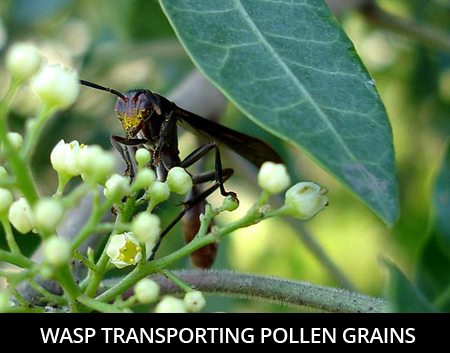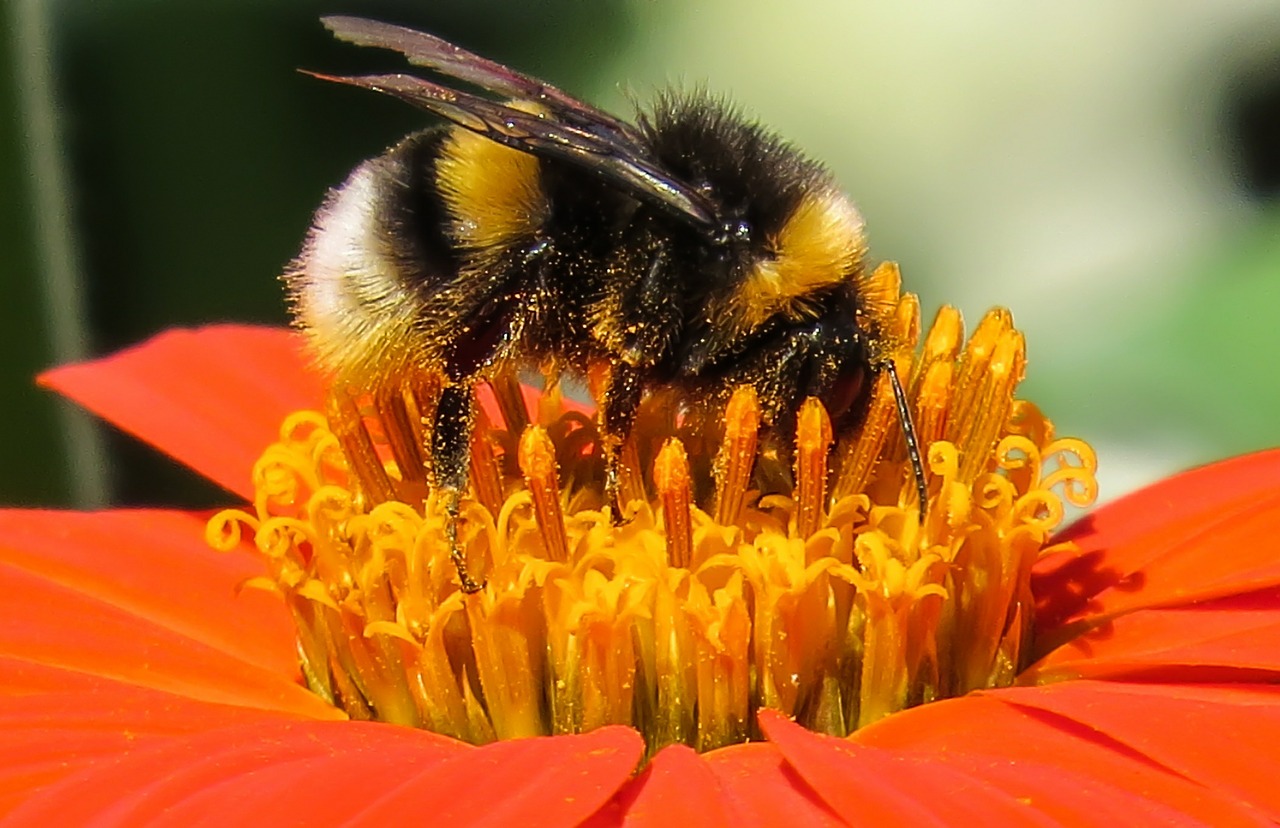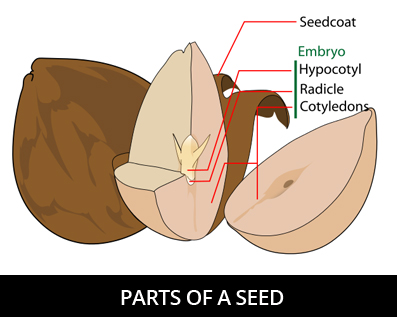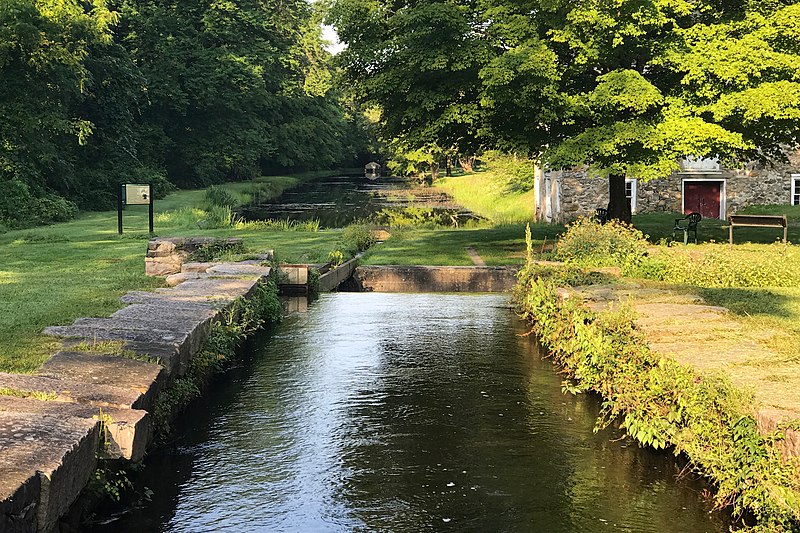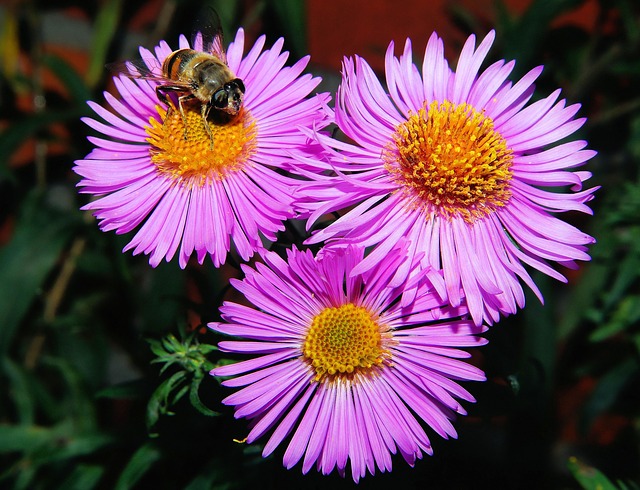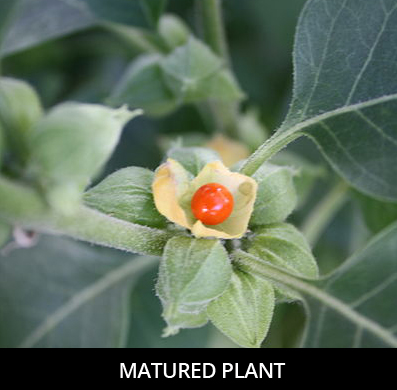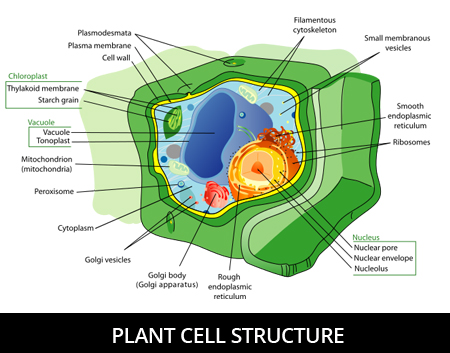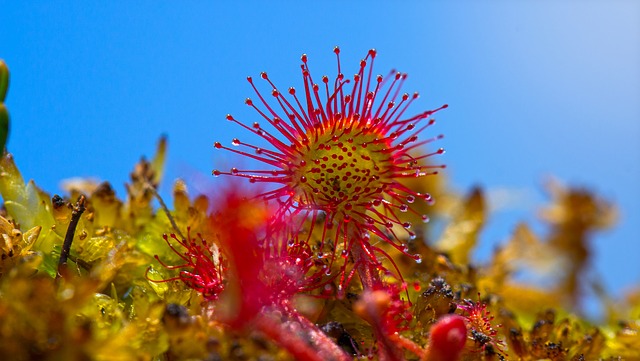Plant Life Cycle For Kids
Did you know that plants have a lifecycle, just like people?
Let’s explore the different stages of the lifecycle!
Plant Pollination
Flowering plants make seeds through a process called pollination. The flower has two main parts that are involved in pollination: the stamen and the pistil.
The stamen makes pollen, and a part of the pistil called the ovule makes tiny eggs that will grow into seeds if the plant gets pollinated.
When pollen from the stamen gets on the pistil, pollination happens, and a seed is produced!
Pollination can only happen between plants of the same species. For example, only a daisy can pollinate a daisy. When a plant’s stamen gets pollen on its own pistil, the process is called self-pollination.
When a plant’s stamen transfers pollen to the pistil of a different plant of the same species, it is called cross-pollination. Cross-pollination makes stronger, healthier plants.
But how does the pollen from one plant get all the way to another plant? There are a few different ways this can happen.
Some plants are accidentally pollinated by insects and birds like bees, moths, and hummingbirds. These animals are eating nectar or pollen from the plants. While they’re eating, the animals get sticky pollen stuck to their bodies.
When they go to eat from a different flower, sometimes the pollen rubs off and the flower gets pollinated.
Sometimes the wind picks up pollen and it blows onto another plant. Other times, humans purposely pollinate plants by moving the pollen from one plant’s stamen to another plant’s pistil.
While some plants produce just one seed for each flower or fruit growing on the plant, others make hundreds or thousands of seeds for each flower.
Seeds
Once seeds are made during pollination, the first stage of the plant’s lifecycle begins. Inside of the seed is an embryo, which is a tiny, tiny new plant. The embryo is protected by an outer shell called a seed coat.
In order for the seed’s embryo to grow, it has to be planted in the ground. Seeds can be planted on purpose by humans, or they can fall to the ground, be washed to the ground by water, be dropped by insects or birds, or be blown by the wind.
Does the seed start growing as soon as it is dropped into the ground? No, a seed needs four very important things to help it grow. It needs oxygen, moisture (water), the right type of light, and the right temperature.
Related: Water Cycle For Kids
Different plants need different temperatures and different amounts of light to grow. If the seed gets all four of its needs, then the seed can germinate.
When a seed germinates, leaves push out of the seed coat and start to peek out from the ground where the seed has been planted.
The roots begin to grow down into the ground, where they will soak up nutrients and water to help the new plant grow. This new baby plant is called a seedling.
Mature Plants
Over time, if the right conditions and the right nutrients continue to help the seedling grow, it develops into a mature plant. A mature plant is an adult plant with full-grown roots and leaves.
Guess what else happens to a mature plant? It grows flowers! And remember what flowering plants make? That’s right—seeds! So once a plant has reached maturity, the cycle starts all over again.
Now the plant can be pollinated and produce seeds, which will grow into seedlings, which will then grow into more mature plants who are ready to be pollinated. Then the cycle repeats over and over and over again!
Facts about the Plant Lifecycle
Some mature plants die off each season. These plants are called annuals. Other plants live and keep making new seeds every spring and summer. These plants are called perennials.
Some plants like ferns and moss don’t grow from seeds. Instead, they grow from spores. Spores are carried by the wind to other places, where they land on the ground and grow into new plants.
Sometimes seeds gets eaten by animals, and when the animals go to the bathroom, the seed lands on the ground and a new plant is able to grow.
Just like people, all living things go through a lifecycle. Sometimes it’s easy to look at an unmoving plant and forget that it’s alive, but there’s a lot going on inside of the plant that we can’t see, like pollination and the production of brand new seeds!

